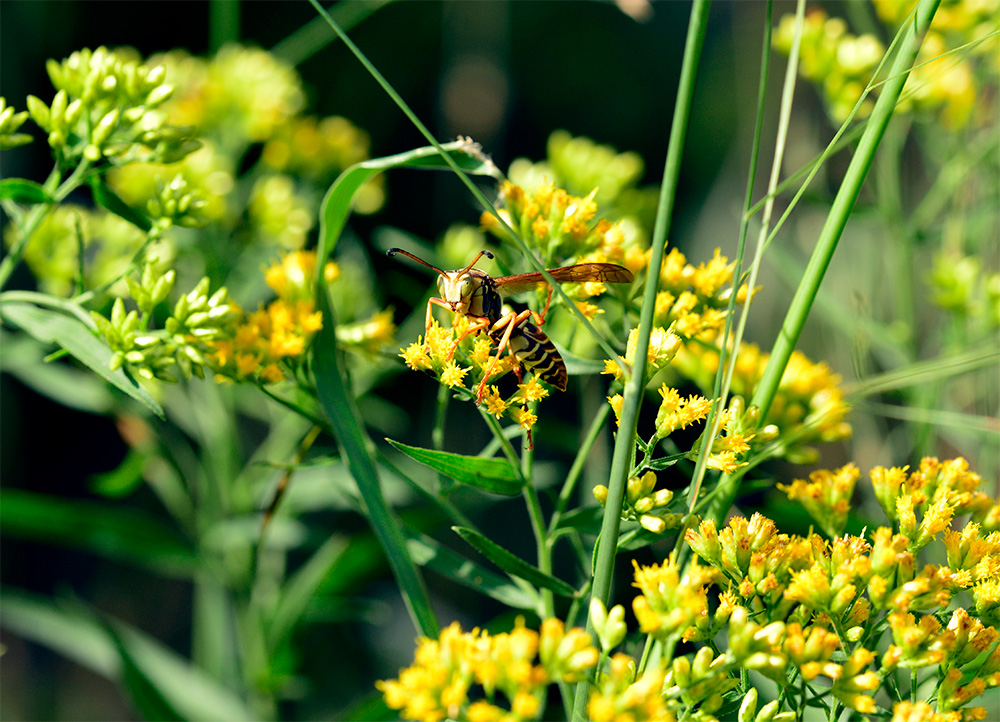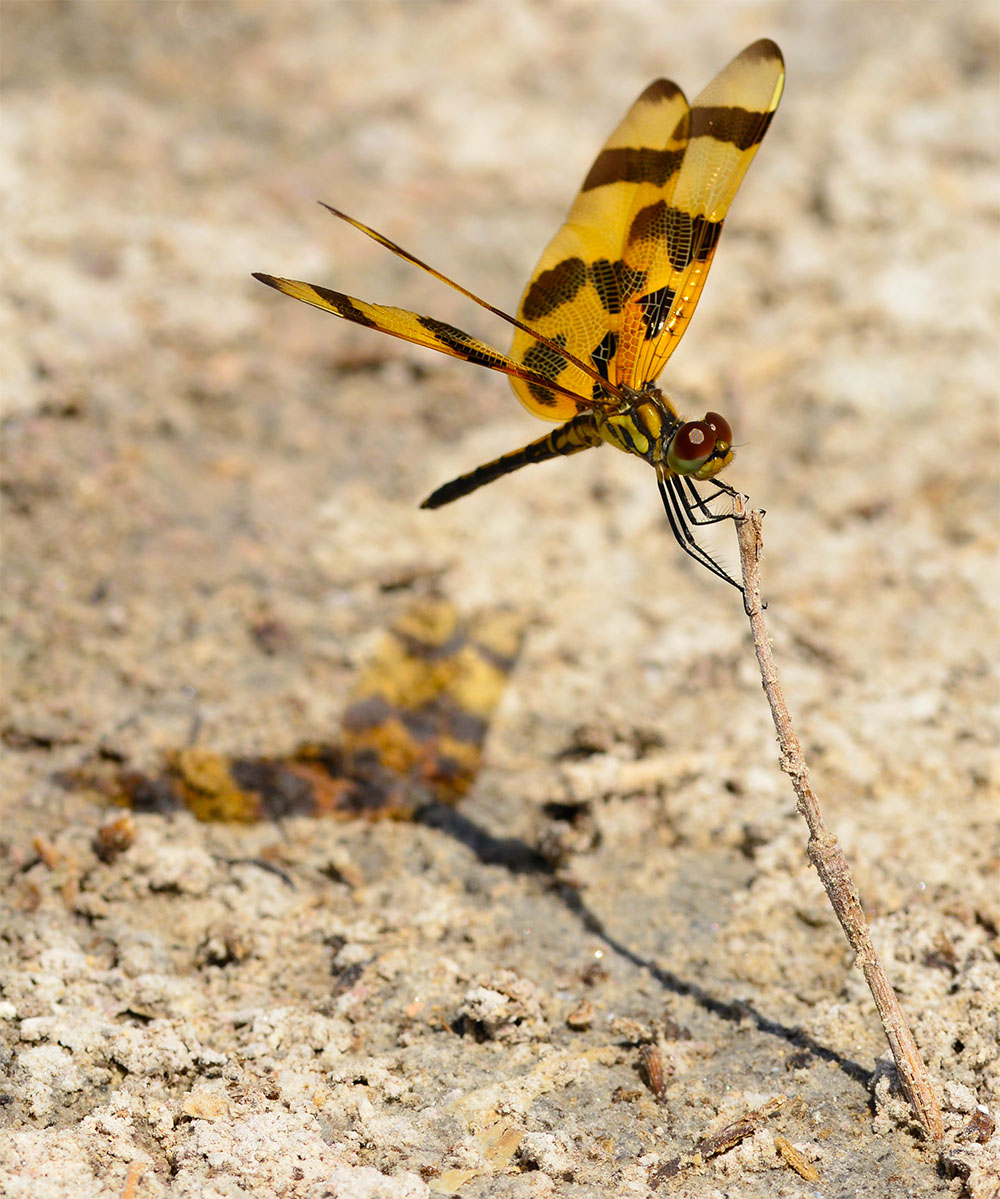Black Swallowtail – IUCN Conservation Status: Least Concern These voracious eaters would take down a three-foot-tall plant in its entirety in only a few short days! I took this photo as I was coming down from the summit of Emory Peak in Big Bend National Park. I took a lot of macro photos on this […]
Paper Wasp
Paper Wasp – IUCN Conservations Status: Insufficient Data Wasps can sting repeatedly This fascinating pollinator is a paper wasp. These wild looking wasps measure in at about an inch. Their body coloration ranges and may include yellows, oranges, reds, and browns. This paper wasp even appears to have green eyes! Bee Why is it called a paper wasp? These […]
Eastern Bumblebee
Common Eastern Bumblebee – IUCN Conservations Status: Least Concern As they fly from flower to flower, the bumblebee collects pollen between the its hairs This might be the most common bee to see if you are an east coaster. The common eastern bumblebee is found across the eastern US, southern Canada, and the Great Plains. Their fuzzy […]
Winged Ant on a Daisy
Oxeye Daisy – IUCN Conservations Status: Insufficient Data Winged ants have elbowed antennae When you think of pollinators, a winged ant probably isn’t what comes to mind. However, zoom in on this winged ant and you will see its body is covered in pollen. You may also be asking what’s the difference between a winged ant and […]
Halloween Pennant Dragonfly
Halloween Pennant Dragonfly – IUCN Conservation Status: Least Concern These dragonflies are only about 1.5 inches long! Let’s unpack this interesting name for this interesting creature. The primary body colors of orange and black make it easy to understand why it is called a “Halloween” dragonfly. The “Pennant” part of the name comes from this dragonfly perching […]
Katydid
Katydids – IUCN Conservation Status: Varies The lifespan of a katydid is about a year This wild desert creature is called a Katydid. These grasshopper looking insects can grow to five inches in length. They are generally green, and have long hind legs and long antennae. Their antennae can actually be longer than their body. Katydids are a challenging […]
Plains Lubber Grasshopper
Plains Lubber Grasshopper – IUCN Conservation Status: Insufficient Data Grasshoppers have 5 eyes! Matt, Kenny, Nick, and I were descending from Emory Peak in Big Bend National Park when we came across this plains lubber grasshopper. We were at the end of a long hot hike, and we were all pretty low on energy. I […]
Chalk-fronted Corporal Dragonfly
Chalk-fronted Corporal Dragonfly – IUCN Conservation Status: LEAST CONCERN Each eye has up to 30,000 facets! I took this photo the day before my birthday in the Berkshires of Massachusetts. Matt and I were camping there enjoying the beginning of summer. We had been out on a loop hike through the park when we came […]
Blow Fly
Most blow flies live in temperate to tropical regions. The larvae of blow flies are used for a medical treatment called “maggot therapy”. Maggot debridement therapy (MDT) uses laboratory raised fly larvae to treat stasis ulcers, postsurgical wounds, pressure clots, and diabetic foot wounds. The larvae eat only the dead tissue, which improves the healing potential of […]
Wheel Bug
WHEEL BUG – IUCN Conservation Status: INSUFFICIENT DATA They sink their proboscis into the prey and inject a paralyzing enzyme This photo is of wheel bug nymphs in the first instar stages. They go through five instar stages before becoming adults. Here, they can be seen with the egg cases that they hatch from in […]









